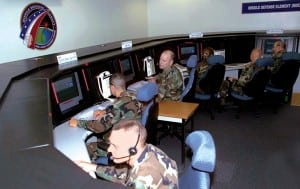
The State Department approved a potential $700 million Foreign Military Sale (FMS) of a Ballistic Missile Defense Radar (BMDR) and Command and Control Battle Management and Communications (C2BMC) systems to the United Kingdom, the government said March 17. The U.K.'s request includes one BMDR and two C2BMC user nodes with network capability required to connect to the C2BMC System to support radar operations. It also covers design and construction of a combined radar-equipment shelter, encryption devices, secure communications equipment and…

 By
By 











